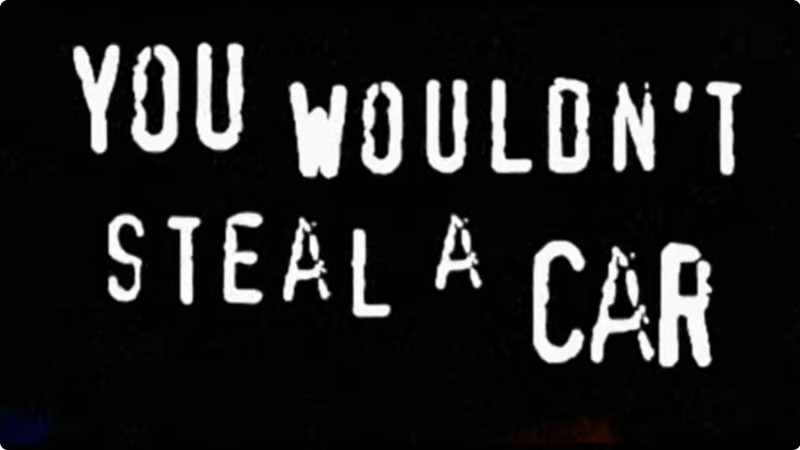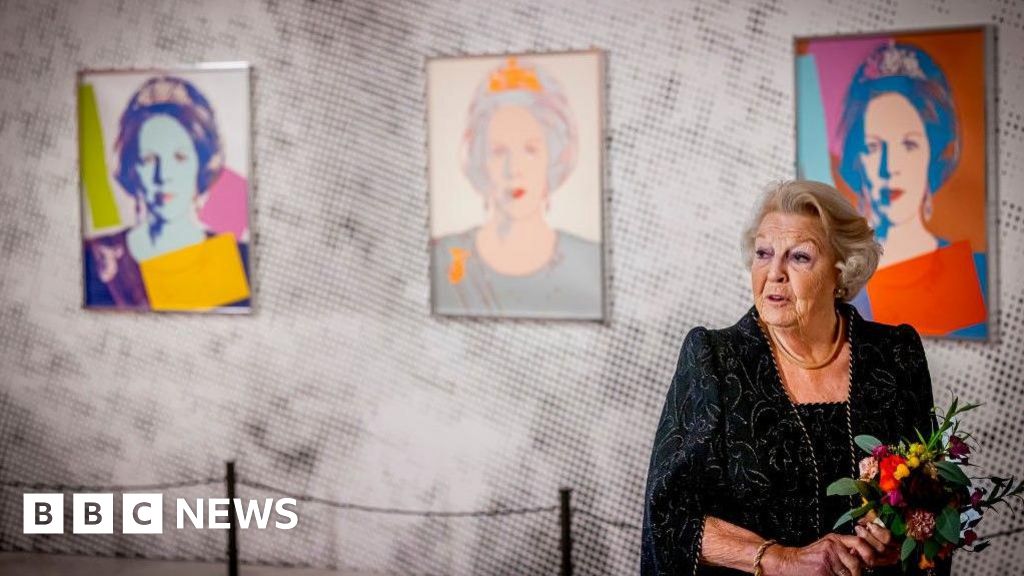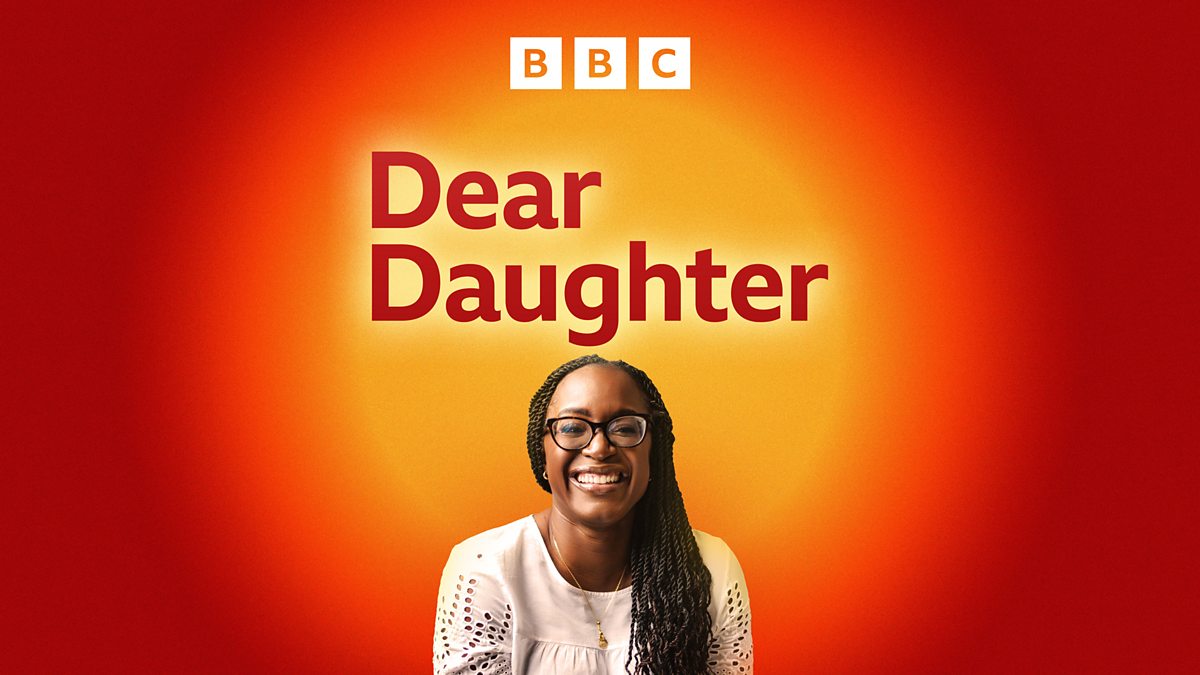Exploring the Authenticity of 'Conclave': A Cinematic Look at Papal Elections
The film Conclave, which delves into the intricate process of electing a new pope following the death of a fictional pontiff, has sparked interest and conversation, particularly as Catholics worldwide mourn the passing of Pope Francis. The movie is characterized by its intense exploration of smear campaigns, political maneuvering, and the personal struggles of those involved in the selection of the papal leader. As the real-life election process begins, many are looking to this film as a reference point for understanding the complexities involved.
Ralph Fiennes, the film's lead actor, expressed a deep commitment to authenticity during the production. I grew up in a Catholic family, with uncles who are priests and theologians, he shared in an interview with ABC. So my instinctive thing was, Please, please can we get this right? Can the details be accurate? His plea signifies the importance of portraying the Church's traditions and the conclave's proceedings authentically.
To gain a deeper understanding of the film's accuracy, we spoke with Darius von Guttner Sporzynski, a historian and dean at the Australian Catholic Universitys Canberra campus. He noted that Conclave adheres closely to Vatican legislation regarding the election of a pope, which was notably updated by Pope John Paul II in 1996. The film accurately depicts the nine days of mourning that follow the death of a pope, followed by the arrival of cardinals from around the globe, and the commencement of the conclavea meeting that must occur within 20 days of a papal vacancy.
In the narrative, Fiennes portrays Cardinal Lawrence, a fictional character tasked with overseeing the conclave. While the current dean of the College of Cardinals, Giovanni Battista Re, is not eligible to run the conclave due to age restrictions, the film presents a realistic scenario where the most senior eligible cardinal, Cardinal Pietro Parolin, is poised to take charge.
The film also highlights factional tensions among the cardinals, who hold divergent views on the future direction of the Church. According to Professor von Guttner Sporzynski, the portrayal of these dynamics raises questions about how much of it is dramatized for entertainment purposes. There are no written minutes of the meetings that inform us about how these discussions unfold, he noted. Therefore, the film takes creative liberties in showcasing the human aspects of a profoundly spiritual process, illustrating how the cardinals' personal beliefs and flaws come into play.
From a historical perspective, the conclave process has been marked by its secretive nature. As highlighted by director Edward Berger, Conclave serves as a "thriller that takes us behind the Vatican doors," offering a glimpse into the high-stakes environment of the papal election. Berger explains that while the film draws from real-life elements, it also focuses on Fiennes' character's inner journey throughout the process.
Notably, Pope Francis himself has shared insights about the conclave process, having been a candidate in the 2005 election. In his book The Successor, he recounts how a coalition of cardinals sought to prevent the election of Cardinal Joseph Ratzinger, favoring a compromise candidate instead. This historical context further enriches the narrative presented in Conclave.
The film's production faced unique challenges as the Vatican prohibits filming within its walls. Consequently, the crew filmed in historic locations around Rome, granting the cast a rare behind-the-scenes look at significant sites, including the Sistine Chapel. Actor Stanley Tucci remarked on the exceptional access they received, highlighting the chapel's historical significance and beauty.
The cast and crew prioritized accuracy, with a religious adviser on set to ensure that even the minutiae of their performances, such as the position of their hands during prayer, adhered to Catholic customs. Fiennes conveyed the team's dedication to precision, acknowledging that while critics might point out inaccuracies, they made a concerted effort to respect the religious details throughout the film.
Professor von Guttner Sporzynski provided further insights into the conclave's voting mechanism, likening it to electoral processes around the world. Cardinals cast their votes via a paper ballot that includes the name of their chosen candidate, reflecting a voting method familiar to many. However, he emphasized that this is perhaps the most secretive election process globally, with the film capturing the intensity of ballot counting and the dramatic reveal of results through the iconic smoke signals from the Sistine Chapel chimney.
Traditionally, black smoke indicates a failed vote while white smoke signifies the election of a new pope. Initially, this was accomplished by burning the ballots; however, modern methods, as depicted in Conclave, utilize chemical agents to produce the colors. This blend of tradition and contemporary practices illustrates the evolution of the conclave process.
Ultimately, the film portrays a blend of logistical realities and spiritual beliefs, echoing Professor von Guttner Sporzynski's assertion that the conclave is inspired by a higher power. If there was no mystery, there wouldnt be a need for faith, he remarked, emphasizing the intricate relationship between the Churchs governance and its spiritual underpinnings.
Conclave is currently available for streaming in Australia on platforms such as Prime Video, Apple TV, Google TV, and YouTube, providing audiences with the opportunity to explore the complex interplay between faith and governance as the world watches the unfolding events surrounding papal elections.




























